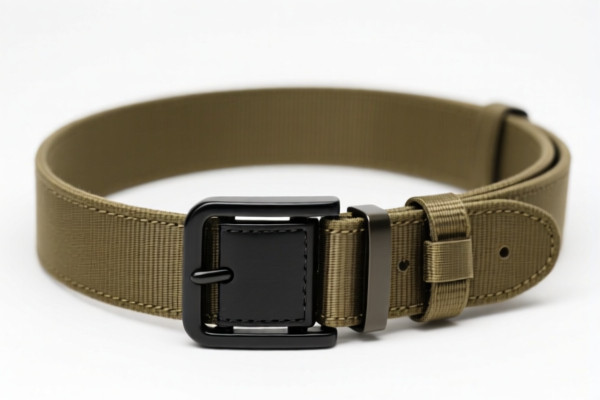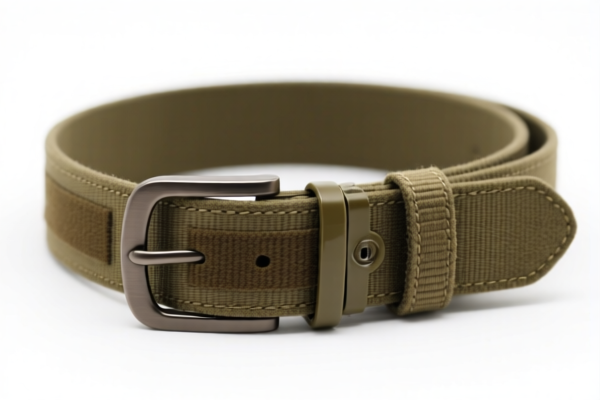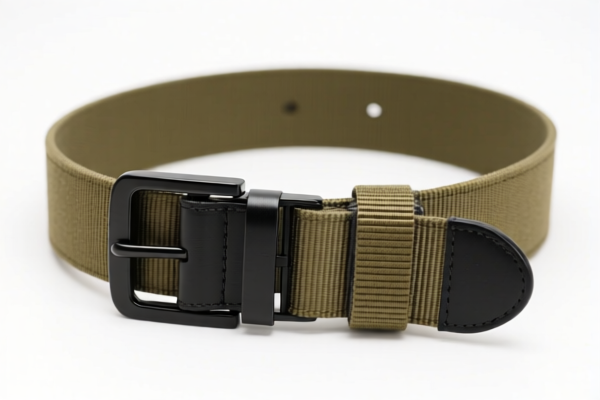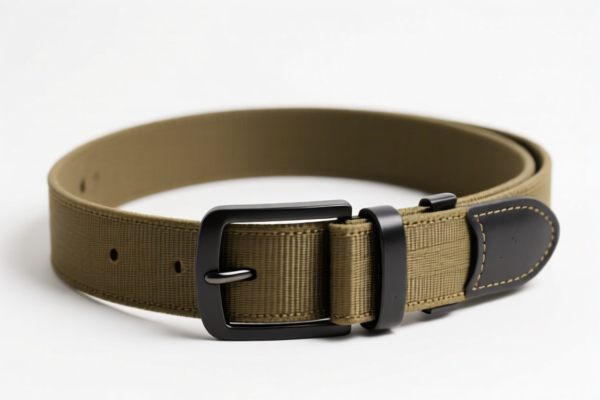| HS Code | Official Doc | Tariff Rate | Origin | Destination | Effective Date |
|---|---|---|---|---|---|
| 6217909075 | Doc | 52.1% | CN | US | 2025-05-12 |
| 6217909080 | Doc | 52.1% | CN | US | 2025-05-12 |
| 6212900010 | Doc | 44.1% | CN | US | 2025-05-12 |
| 6212900030 | Doc | 44.1% | CN | US | 2025-05-12 |
| 4010369000 | Doc | 58.3% | CN | US | 2025-05-12 |
| 4010399000 | Doc | 58.3% | CN | US | 2025-05-12 |
| 4008210000 | Doc | 55.0% | CN | US | 2025-05-12 |
| 4008294000 | Doc | 57.9% | CN | US | 2025-05-12 |
| 8483908040 | Doc | 57.8% | CN | US | 2025-05-12 |
| 8483908080 | Doc | 57.8% | CN | US | 2025-05-12 |
| 8487900080 | Doc | 83.9% | CN | US | 2025-05-12 |
| 8487900040 | Doc | 58.9% | CN | US | 2025-05-12 |
| 8708996890 | Doc | 82.5% | CN | US | 2025-05-12 |
| 8714998000 | Doc | 47.5% | CN | US | 2025-05-12 |




Auxiliary Belt
An auxiliary belt, also known as a serpentine belt or accessory drive belt, is a drive belt used in an internal combustion engine to power various engine accessories.
Material
Auxiliary belts are typically constructed from a durable, flexible composite material. Common materials include:
- Elastomeric Rubber: Provides flexibility and grip. Often Ethylene Propylene Diene Monomer (EPDM) rubber is used due to its resistance to heat, cracking, and wear.
- Reinforcement Layers: Layers of polyester or aramid fiber cords are embedded within the rubber to provide tensile strength and prevent stretching.
- Fabric Facing: A fabric layer on the ribbed side improves friction and reduces noise.
- Backing: A smooth backing provides stability and resistance to wear on the non-ribbed side.
Purpose
The primary purpose of an auxiliary belt is to transfer rotational power from the engine's crankshaft to several engine-driven accessories.
Function
The belt functions by wrapping around pulleys connected to the following components:
- Alternator: Charges the vehicle's battery and powers the electrical system.
- Power Steering Pump: Provides hydraulic pressure for power steering assistance.
- Air Conditioning Compressor: Compresses refrigerant for the air conditioning system.
- Water Pump: Circulates coolant through the engine to prevent overheating.
- Idler Pulleys & Tensioners: Maintain proper belt tension and guide the belt’s path.
Usage Scenarios
Auxiliary belts are essential in most modern vehicles with internal combustion engines. They are used in a wide range of applications, including:
- Passenger Cars: The most common application.
- Trucks & SUVs: Larger engines require more robust belts.
- Commercial Vehicles: Heavy-duty applications demand high-performance belts.
- Engines with Front-Wheel Drive: Typically used to power accessories as the crankshaft is located at the front of the engine.
Common Types
- V-Belts: Older design with a V-shaped cross-section. Less common in modern vehicles.
- Ribbed Belts (Serpentine Belts): Most common type. Features multiple longitudinal ribs for increased flexibility and contact area.
- Poly-V Belts: A type of ribbed belt with a higher number of ribs for improved performance and reduced noise.
- Double V-Belts: Used in applications requiring higher power transfer.
- Timing Belts (Distinguished from Auxiliary Belts): While also belts within the engine, timing belts synchronize the crankshaft and camshaft, and are not used to power accessories. They are critical for engine operation and failure can cause severe engine damage. Auxiliary belts do not have this function.
Auxiliary belts fall under the category of transmission belts, typically used in automotive or industrial applications to transfer power between various components.
Here are the relevant HS codes based on the provided reference material:
- 4010369000: This HS code covers Conveyor or transmission belts or belting, of vulcanized rubber: Transmission belts or belting: Endless synchronous belts of an outside circumference exceeding 150 cm but not exceeding 198 cm: Other. This code specifically refers to endless synchronous belts within a defined circumference range.
- 40: Rubber and articles thereof.
- 10: Conveyor or transmission belts or belting, of vulcanized rubber.
- 36: Transmission belts or belting.
- 90: Endless synchronous belts of an outside circumference exceeding 150 cm but not exceeding 198 cm.
- 4010399000: This HS code covers Conveyor or transmission belts or belting, of vulcanized rubber: Transmission belts or belting: Other: Other: Other. This is a broader category for transmission belts not specifically covered by other subheadings within this chapter.
- 40: Rubber and articles thereof.
- 10: Conveyor or transmission belts or belting, of vulcanized rubber.
- 39: Transmission belts or belting.
- 90: Other.
- 8483908040: This HS code covers Transmission shafts (including camshafts and crankshafts) and cranks; bearing housings, housed bearings and plain shaft bearings; gears and gearing; ball or roller screws; gear boxes and other speed changers, including torque converters; flywheels and pulleys, including pulley blocks; clutches and shaft couplings (including universal joints); parts thereof: Toothed wheels, chain sprockets and other transmission elements presented separately; parts: Other: Other Parts of universal joints. While primarily for transmission parts, it includes toothed wheels and sprockets which may be relevant if the auxiliary belt is part of a larger transmission system.
- 84: Nuclear reactors, boilers, machinery and mechanical appliances; parts thereof.
- 83: Transmission shafts (including camshafts and crankshafts) and cranks; bearing housings, housed bearings and plain shaft bearings; gears and gearing; ball or roller screws; gear boxes and other speed changers, including torque converters; flywheels and pulleys, including pulley blocks; clutches and shaft couplings (including universal joints); parts thereof.
- 90: Toothed wheels, chain sprockets and other transmission elements presented separately; parts.
Important Note: The applicable tariff for these HS codes is as follows:
- 4010369000 & 4010399000: Base tariff: 3.3%, Additional tariff: 25.0%, Tariff after April 2, 2025: 30.0%. Total tariff: 58.3%.
- 8483908040: Base tariff: 2.8%, Additional tariff: 25.0%, Tariff after April 2, 2025: 30.0%. Total tariff: 57.8%.
Please verify the specific material composition of the auxiliary belt to ensure accurate classification.
Customer Reviews
No reviews yet.